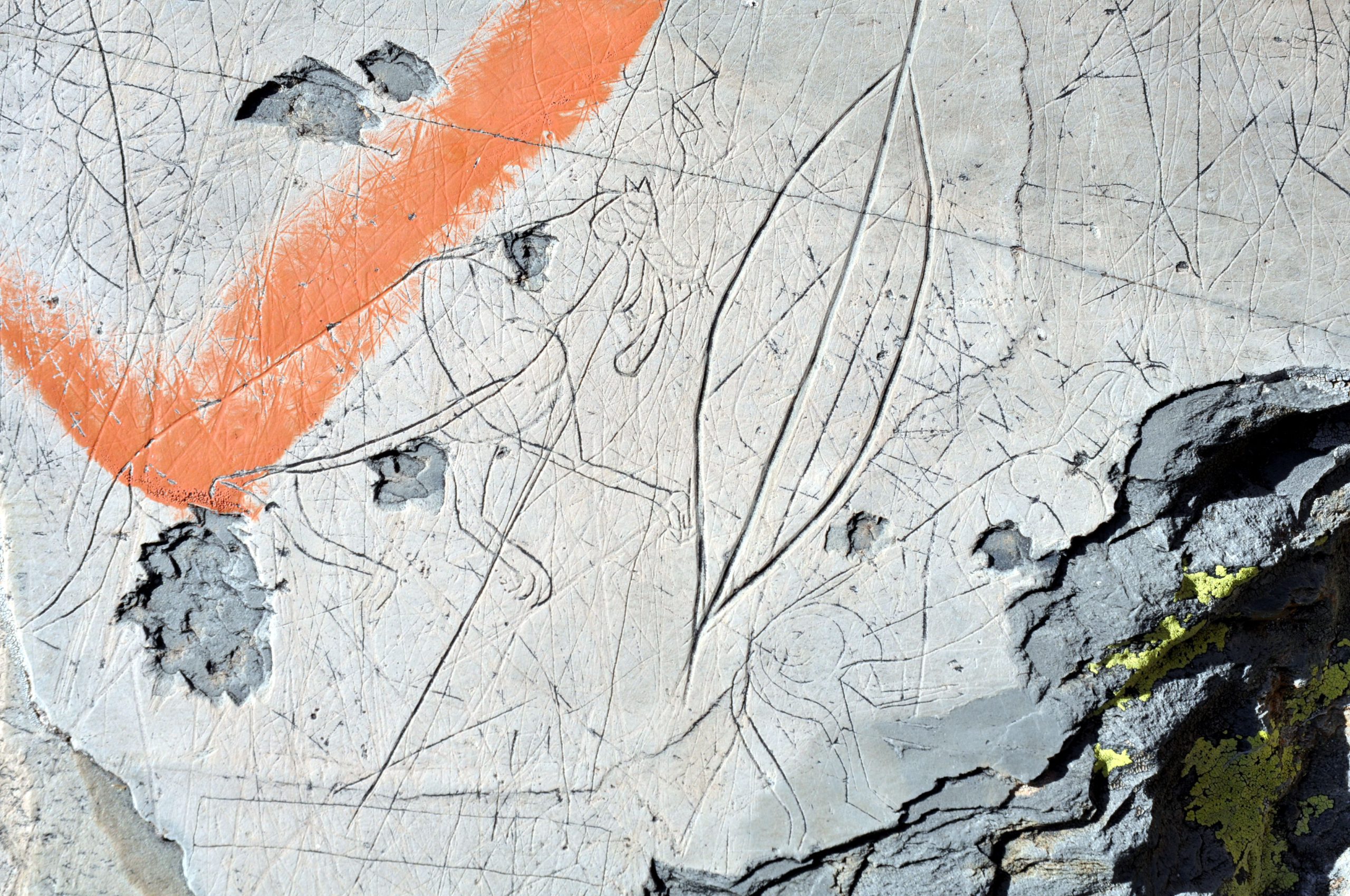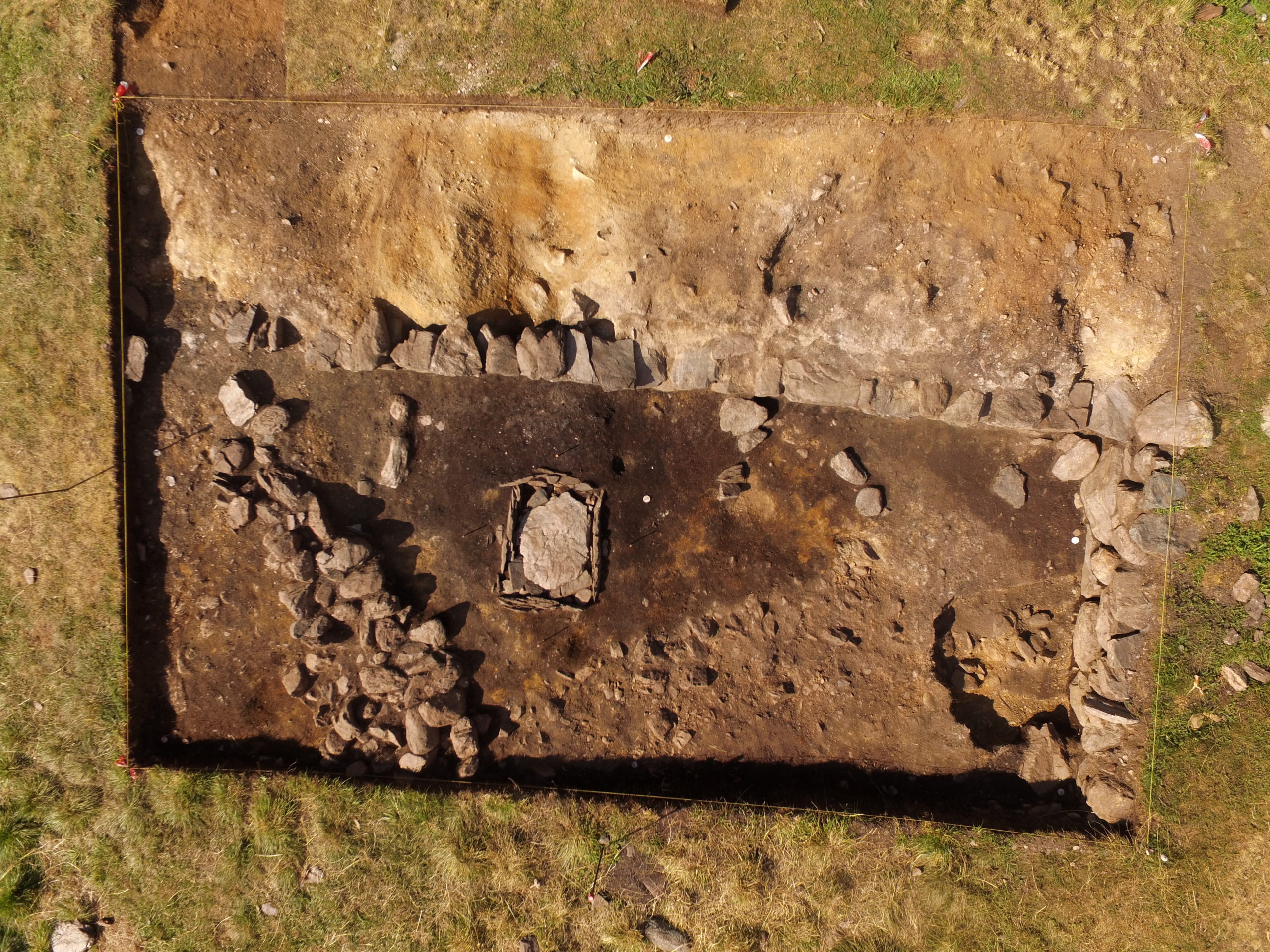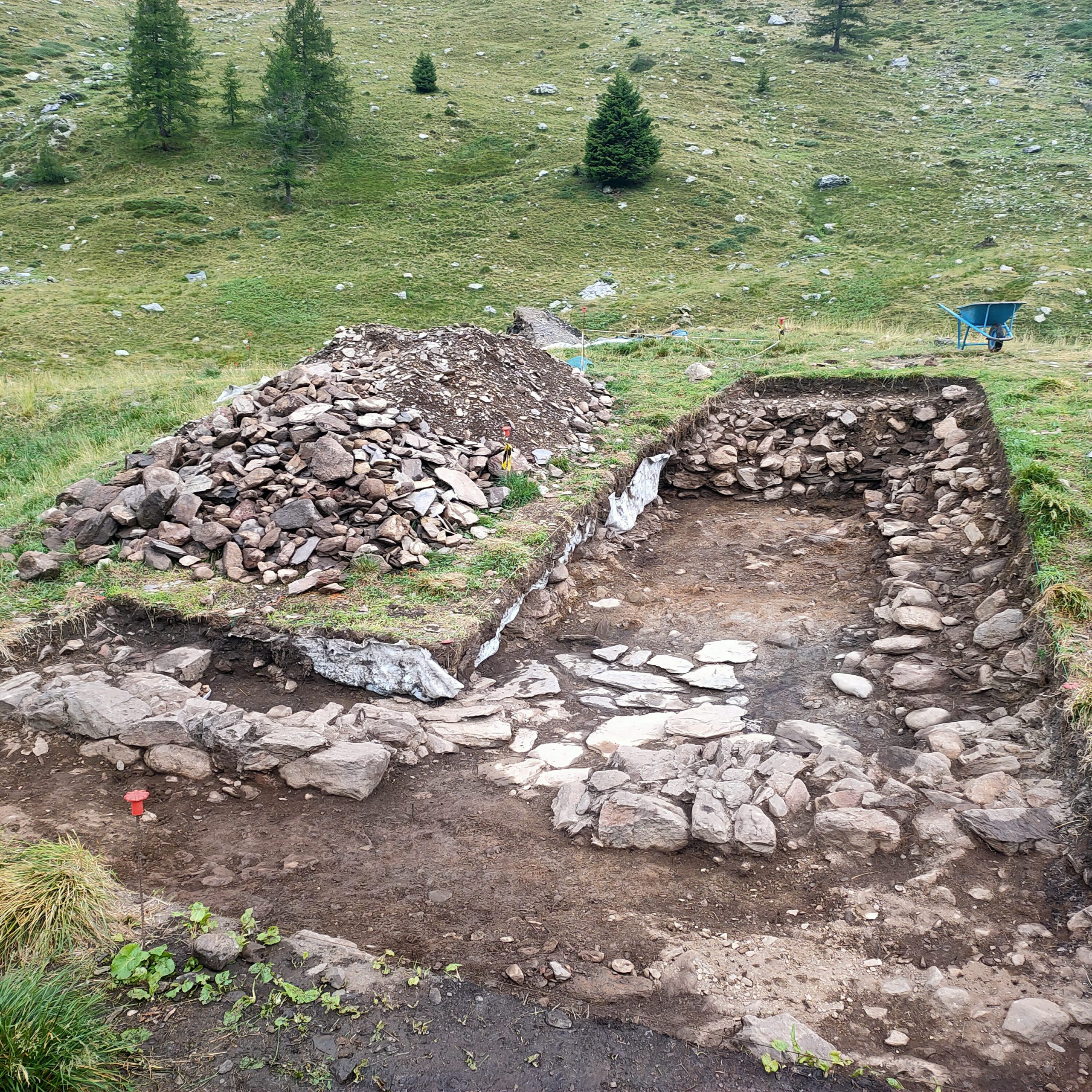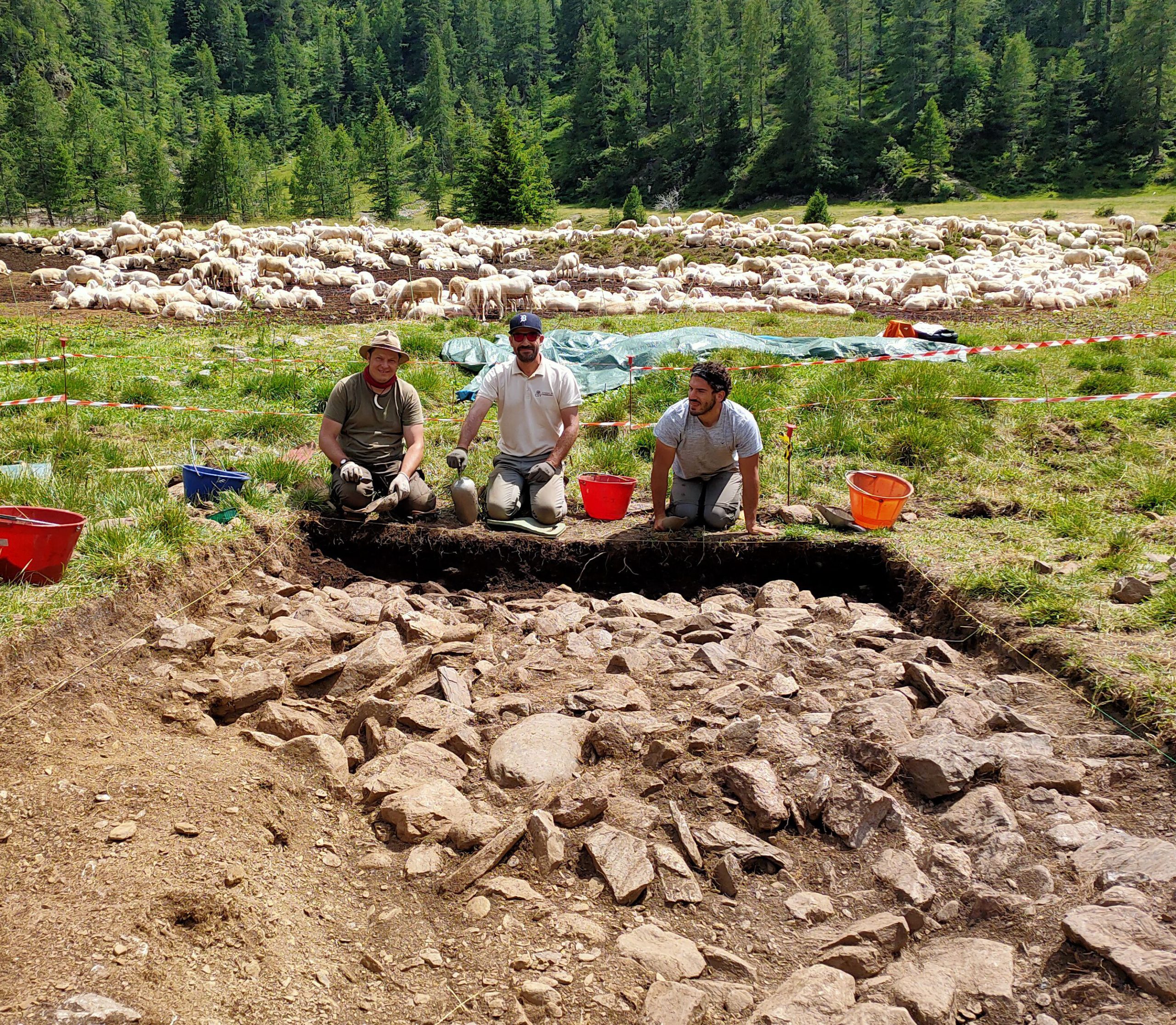
In 2005, for the first time, some rock engravings were noticed by Felice Riceputi and Francesco Dordoni at Carona, in Val Brembana; thanks to this discovery, the spotlight has been pointed on a very important site.
In 2006, the Archaeological Museum of Bergamo began the exploration and in 2007 the research campaigns with Ministerial concession started.
In Val Camisana, between 2,000 and 2,400 metres above sea level, there are engravings of anthropomorphic and zoomorphic figures, symbols such as five-pointed stars, Solomon’s knots, circles and fillets, and on some of the rocks there are also inscriptions in the Lepontic and Camunian alphabets, mentioning some deities from the pre-Roman pantheon. Many elements suggest that, between the 5th and 1st century BC, the summit area of Val Camisana was a natural sanctuary frequented by those traveling through the mountains, who felt the need to ask for protection from the gods for a safe and secure passage.
Since 2014, in Carona the Archaeological Museum of Bergamo has also been exploring the ground of the Piani di Sasso plateau at 1,690 metres above sea level, uncovering buried structures. The oldest remains of the village date back to the Dark Ages and concern metallurgical activities connected to the exploitation of iron ore in the Monte Sasso valley. The village had a long life, perhaps it was even visited by Leonardo da Vinci, then it totally disappeared from sight and from records.


